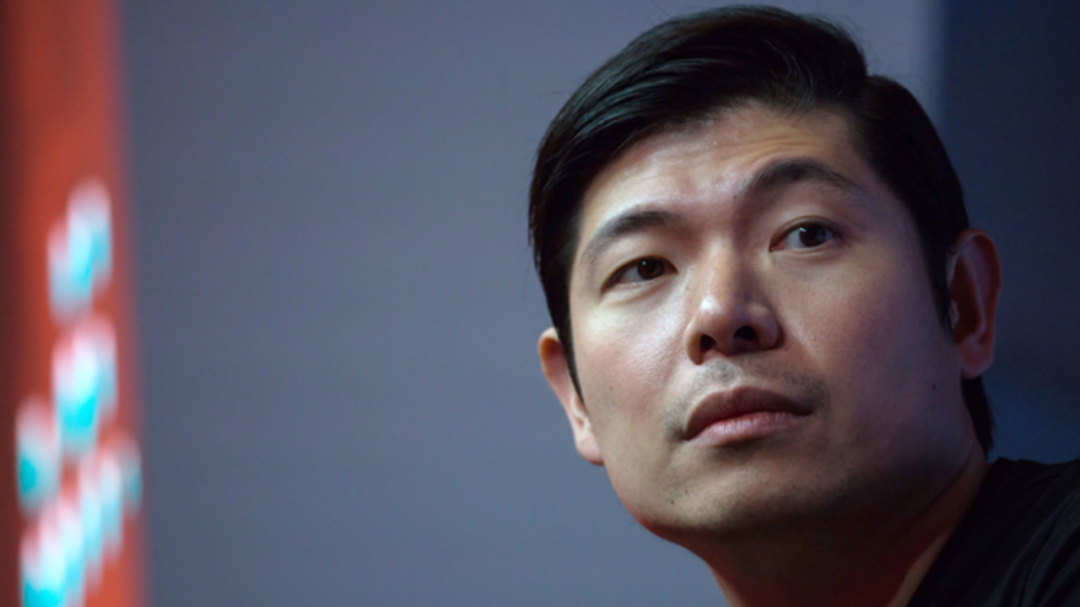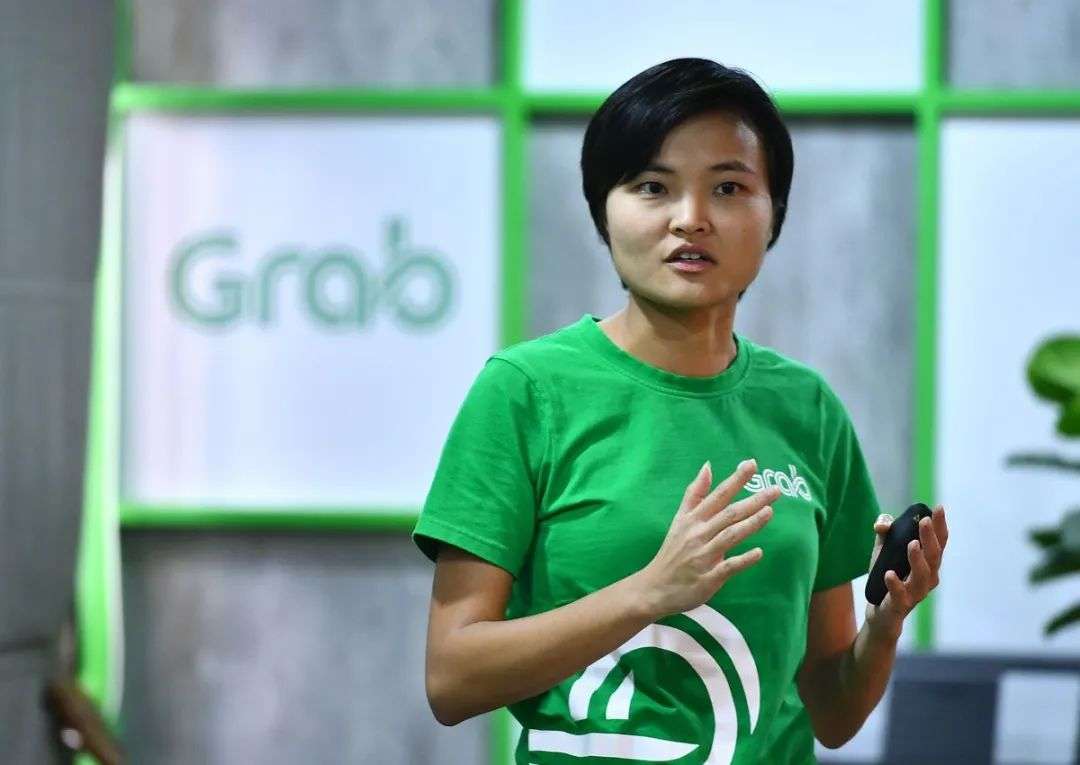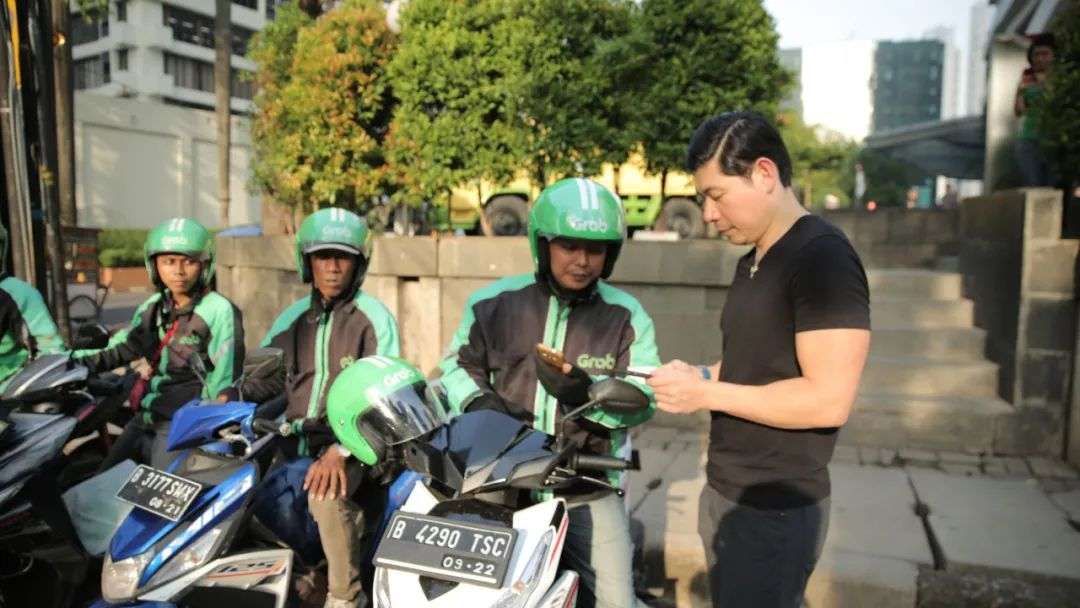Take a look at how the rich three generations of Malaysia create super apps in Southeast Asia.
Editor’s note: This article is from the WeChat public account “Global Innovation Catcher” (ID: Innohunter), author: KyleW.
Grab founder Chen Bingyao Anthony Tan
Grab is about to raise funds. Last week, foreign media reported that Grab received a US$200 million investment from South Korean private equity fund STIC Investments, ushering in the first financing since the outbreak.
No one thought that the COVID-19 epidemic had such a huge impact on the innovation ecology of Southeast Asia. Some smaller start-ups such as WeFit, a fitness booking platform in Vietnam, Leflair, an e-commerce platform in Vietnam, Airy, an Indonesian economic hotel chain brand, and Sorabel, an Indonesian fashion e-commerce platform, shut down due to the exhaustion of cash flow. Animal companies have to lay off staff, cut wages, streamline operations, and lower valuations to survive this difficult period. For example, Indonesia’s OTA unicorn Traveloka has reduced its valuation by 17% when it raised funds last month.
Grab is no exception. Grab co-founder and CEO Chen Bingyao (Anthony Tan) issued an internal letter on June 17 stating that 360 employees will be laid off, accounting for 5% of the total workforce. In addition, Grab will also cut some non-core businesses and adjust resources to focus on travel, distribution, payment and financial services.
Fortunately, this $200 million financing also indicates to some extent that Grab is breaking away from what Chen Bingyao called “the biggest crisis since its establishment.”
Looking back at Chen Bingyao’s entrepreneurial experience, he is rich in Malaysia for three generations. He seems to have a strong sense of hometown for the land of Southeast Asia, and Grab can be said to be the product of this passion.
Abandon the family business and join a new business
In 1957, TanYuet Foh, a Malaysian taxi driver, founded a car dealership company Tan Chong Motor Holdings Bhd. At that time, Tan didn’t have strong personal connections. He took advantage of the opportunity of the Malaysian President to visit the embassy and found an opportunity to talk to the President at the gate of the embassy and obtained the car franchise granted by the President. Subsequently, the company’s business has gradually developed from an initial auto dealership to a multinational company spanning auto parts manufacturing, auto assembly, real estate, finance and other fields. Among them, the exclusive dealer of Nissan in Malaysia is the most famous.
In 1982, Chen Bingyao, grandson of Tan YuetFoh and son of Tan Heng Chew, the current president of Tan Chong Motor, was born. Because he didn’t talk much when he was a child, he was mistaken as a “stupid”, but in fact, because of the many languages around Chen Bingyao, he could not adapt well. “There are many languages around me: Mandarin, Hokkien, Melayu, English… We have an Indian driver who has a completely different accent. As a result, everything becomes messy.” Chen Bingyao was interviewed by foreign media. Said.
As the heir to the business family, Chen Bingyao expressed his desire to become a businessman at the age of six. His first transaction was when he sold the X-Men comic book he owned at the age of 11. As he grew older, Chen Bingyao entered Harvard University to study for an MBA.
At Harvard, he became interested in entrepreneurship, hoping to create an enterprise that can do business and take care of social welfare. At this time, his Indonesian friend Tan Hooi Ling (Tan Hooi Ling) complained to him about the terrible conditions of the Malaysian taxi industry. Chen Huiling said: “Your great-grandfather used to be a taxi driver. Your grandfather founded a car business in Malaysia, but your girlfriend may still encounter many safety problems when taking a taxi. Why don’t you do something about it? ?”
Grab co-founder Tan Hooi Ling|Source: Asia One
This inspired Chen Bingyao. They wrote a business plan together. The business idea is to develop an application that allows users to find the nearest taxi driver in the chaotic traffic environment in Malaysia, and provide the taxi driver with a smartphone so that the driver can communicate with the passengers communicate with. Unlike Uber competing with taxi companies, Chen Bingyao has cooperated with taxi companies from the beginning.
This entrepreneurial idea has not been recognized by Harvard professors. Some professors think this project sounds great, but it is executedIt’s too difficult. Despite this, in the 2011 Harvard Business School Entrepreneurship Competition, Chen Bingyao’s project won the runner-up and received a prize of 25,000 US dollars. Subsequently, Chen Bingyao and Chen Huiling launched the future Southeast Asian super unicorn in June 2012. The predecessor, the online car-hailing platform MyTeksi (later renamed GrabTaxi, finally renamed Grab at the end of 2016).
In order to seek early financing and greater development, Chen Bingyao planned to devote himself to entrepreneurship and decided to resign from the position he held in the family business at the time, but this caused dissatisfaction with his family. His father not only rejected Chen Bingyao’s financing needs, but also threatened to deprive him of his family property inheritance rights. Later, Chen Bingyao’s mother stepped up and became Grab’s first angel investor. Although his mother admitted that she still does not understand the business model of the project, she hopes it will succeed.
“My family has a hard time understanding what I want to do, I don’t blame them.” Chen Bingyao said: “Before embarking on this journey, you need to realize that for start-ups, if you want to win And grow quickly, you must make a lot of personal sacrifices.”
“Reasonable Transaction”: Acquisition of Uber Southeast Asia with 27% equity
Although Uber entered Southeast Asia a year later than Grab’s launch, many people believe that Uber, which was already the world’s largest online ride-hailing platform at the time, will bring a fatal blow to Grab, which is still in its infancy. Sure enough, with an annual investment of 200 million US dollars, Uber Southeast Asia has quickly become a strong competitor in the market.
Compared with Uber’s global standardized operation model in Southeast Asia, Grab, as a local enterprise, has done more thorough and effective localized operations.
One is static price. When the order takes effect, the price will be fixed, and traffic jams on the road will not increase the fare. On the one hand, the driver will deliver the passengers to the destination as soon as possible in order to increase the unit time revenue, on the one hand, it also saves the passengers time and cost. In some Southeast Asian cities with traffic congestion, this one especially meets the pain points of users.
The second is to support cash payment. Compared to Uber Southeast Asia before 2015, which only supported credit card payments, Grab also allows passengers to pay their fares in cash. In the Southeast Asian market where online payment was not yet popular at the time, Grab’s payment method was more realistic.
Grab’s market performance is getting better. As of September 2016, Grab has stated that it has a 95% share of the third-party taxi service market, while private car owners account for more than half of the Southeast Asian market. Many investment institutions have also extended their olive branches. In the two years from 2014 to 2016 alone, Grab quickly completed six rounds of financing from Series A to Series F, raising US$1.44 billion and investingInvestors include Xiangfeng Investment, GGV Jiyuan Capital, Tiger Global Fund, Hillhouse Capital, Softbank, Didi Chuxing and many other well-known companies and institutions.
Source: Grab
Although it has sufficient ammunition in its hands, in order to compete for the market, Grab is also vigorously subsidizing drivers and users in order to compete for the market. At the same time, Grab is also implementing many segmented businesses to meet the diverse needs of the market, including motorcycle reservation platform GrabBike, ride-sharing service GrabHitch and meal delivery service Grab Yee Sang, etc., so the cost is not low.
In terms of market structure, although Uber Southeast Asia has changed from being a defender to a challenger, it upholds the concept of becoming an “important participant in the Southeast Asian market” and continues to impact Grab’s market. In addition, Gojek from Indonesia is also approaching. Therefore, the glory of the primary market does not allow Chen Bingyao to relax, but makes this Southeast Asian car-hailing war even more intense. At this time, a news from China inspired Chen Bingyao.
On August 1, 2016, Didi issued an official statement stating that Didi Chuxing formally acquired Uber China. The specific method is that Didi Chuxing and Uber Global will hold each other’s shares and become minority shareholders of each other. Uber Global will Holds a 5.89% stake in Didi Chuxing.
In response, Chen Bingyao said in an internal letter: “After more than a year of fierce competition, our investor and global partner Didi Chuxing has won the battle for its dominance in the Chinese market. Didi’s success It strengthens our belief that we live in a diverse world and there is no one-size-fits-all answer. Localized solutions can best solve local problems.”
Although Chen Bingyao realized that after Uber withdrew from China, he could devote more resources and energy to the Southeast Asian market and bring more competitive pressure to Grab, but he gained more from this event the belief in success. “They lose once, we will let them lose again.”
The opportunity is coming soon.
At the end of 2017, Uber founder Travis Kalanick was forced to resign due to the outbreak of company management issues and negative news issues. The new CEO Dara Khosrowshahi opened after taking office.It began to seek new capital injections and cut costs, and plans to complete the listing in 2019. In this context, Uber’s intention to exit the overall loss-making Southeast Asian market has begun to emerge.
In addition, other factors are also strengthening Uber’s determination. On the one hand, Grab has completed several large-scale financings in a row. The ongoing subsidy war will put continuous pressure on Uber’s finances. On the other hand, SoftBank, as Uber and Grab’s Co-investors are also actively promoting the merger of the two parties.
In March 2018, after a five-year battle with Grab, Uber announced that it would sell its Southeast Asian business to Grab and exit the Southeast Asian market at a cumulative loss of US$700 million. As a trading condition, Uber Will receive less than US$100 million in cash and a 27.5% stake in Grab, and Dara Khosrowshahi will also join Grab’s board of directors.
Although this largest innovative ecological M&A transaction in the history of Southeast Asia has encountered monopoly regulatory review in Singapore and the Philippines, it was completed smoothly after half a year of investigation and Grab’s commitment to follow market competition. Asset delivery with Uber’s Southeast Asia and food delivery business UberEats.
In hindsight, Uber’s exit from the Southeast Asian market seemed like a loss on the surface, but it’s hard to say that Uber Southeast Asia failed. Even from a financial point of view, Grab was valued at US$6 billion at that time, and the value of its 27.5% equity was about US$1.65 billion, far exceeding its book loss of US$700 million, not to mention that Grab’s valuation is now close to 15 billion. Dollar. More importantly, as Grab grows, Uber has the qualifications to participate in the creation of super apps in Southeast Asia through its holdings.
This is already a story. In the eyes of Chen Bingyao at the time, this was an acceptable deal. Regarding the issue of equity ratio, Chen Bingyao said in an interview with foreign media: “Of course we have undergone intense discussions, but you know that we are not focused on bargaining, but on how to build a great company.”
For Grab, the acquisition of Uber Southeast Asia has not only consolidated its dominant position in the online car-hailing market, but also concentrated more resources to develop other businesses such as GrabFood, GrabFinancal, GrabCycle, GrabShuttle Plus and GrabPay. Chen Bingyao said in a statement at the time that he was humbled by Grab’s achievements, “Today’s mergers and acquisitions mark the beginning of a new era.”
In fact, Grab did not immediately complete the unification of the Southeast Asian car-hailing market. Instead, it turned its head and fell into a competition with Gojek.


